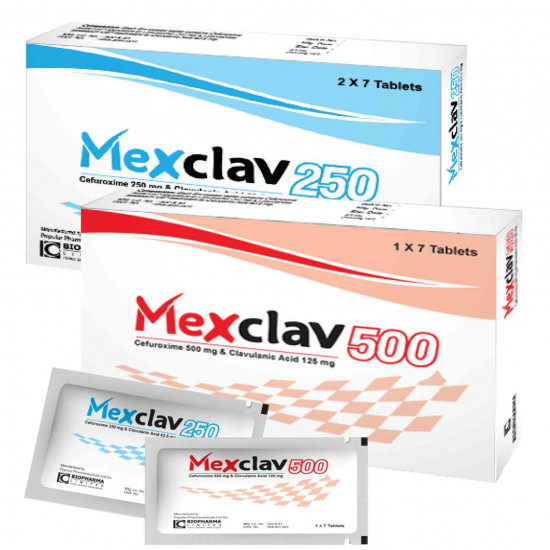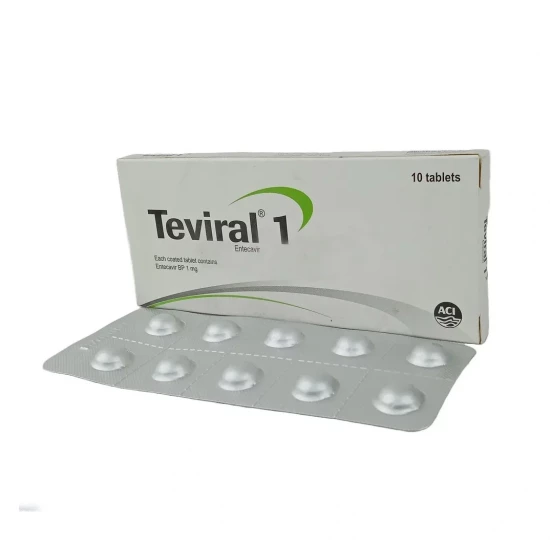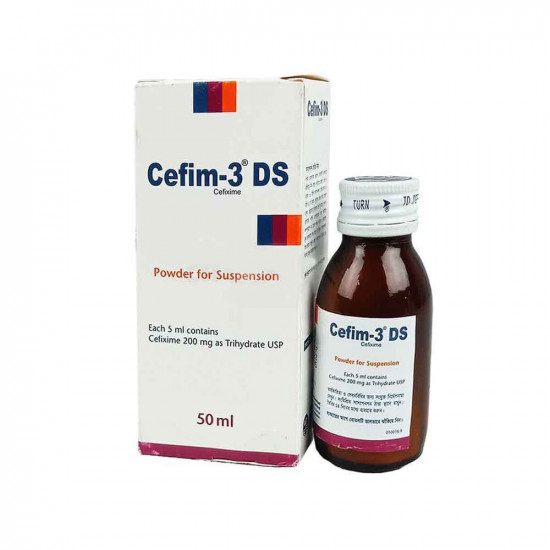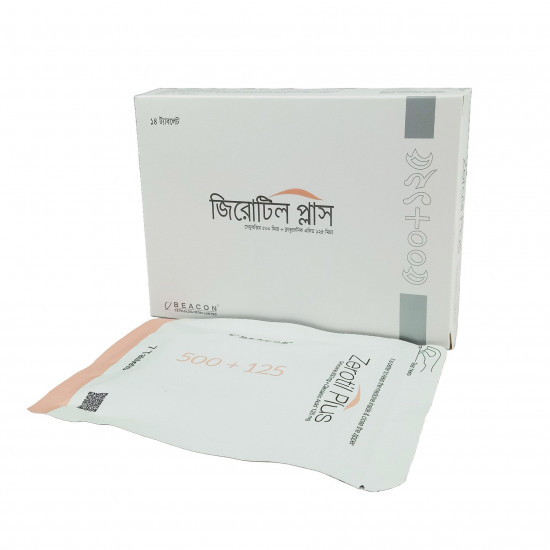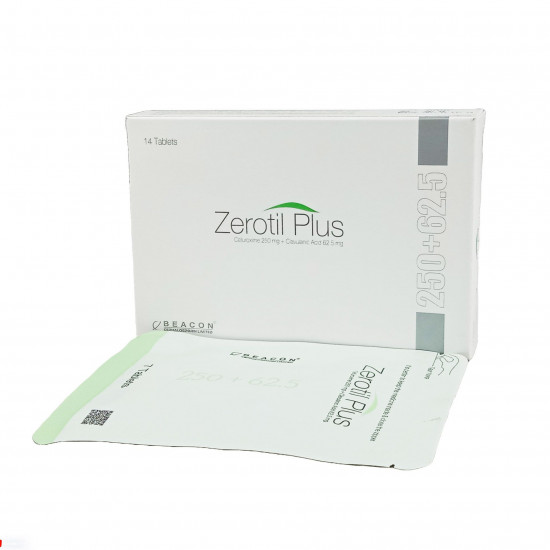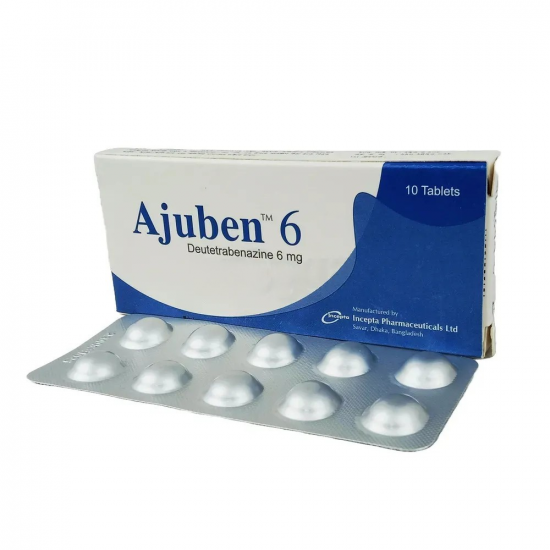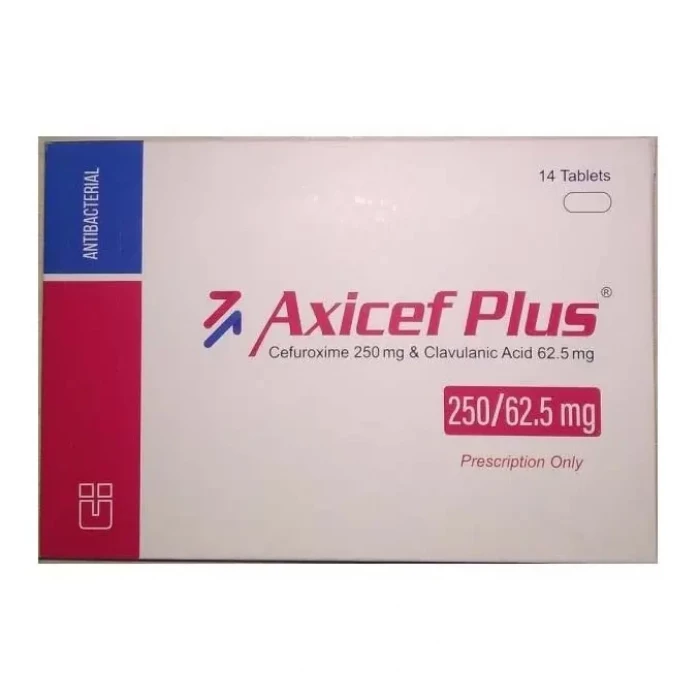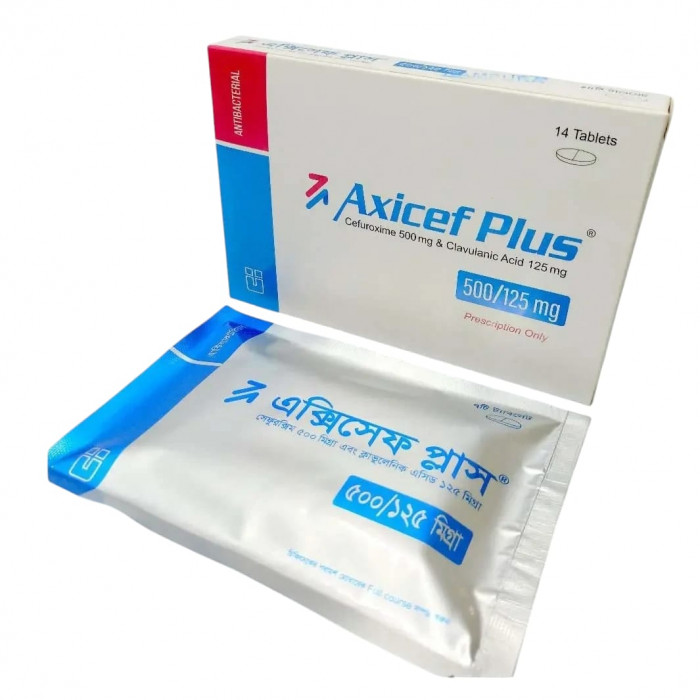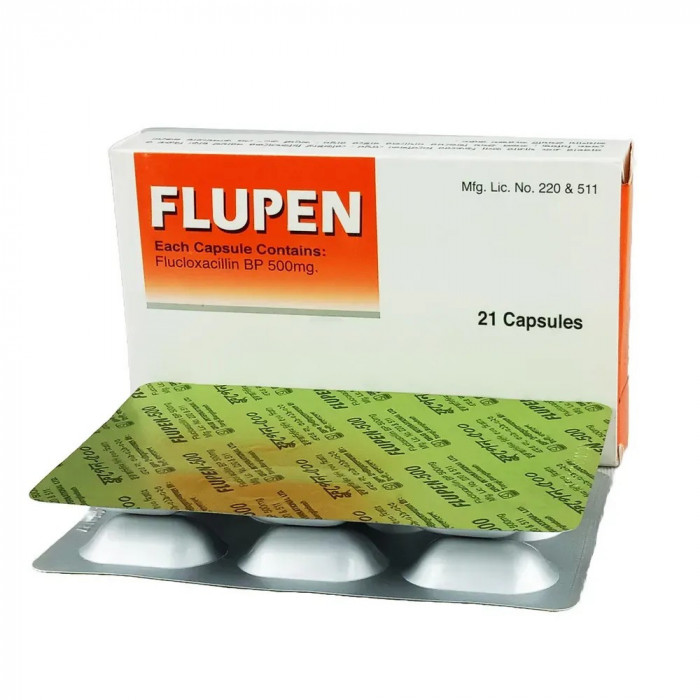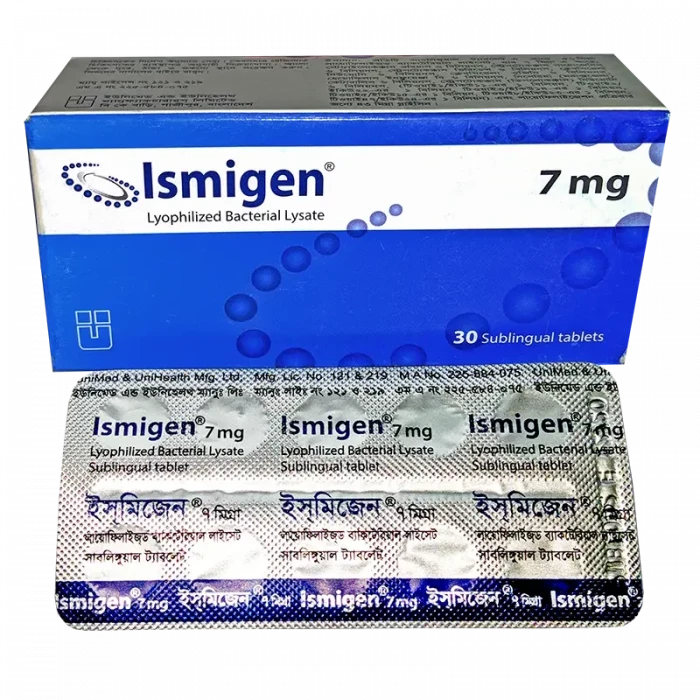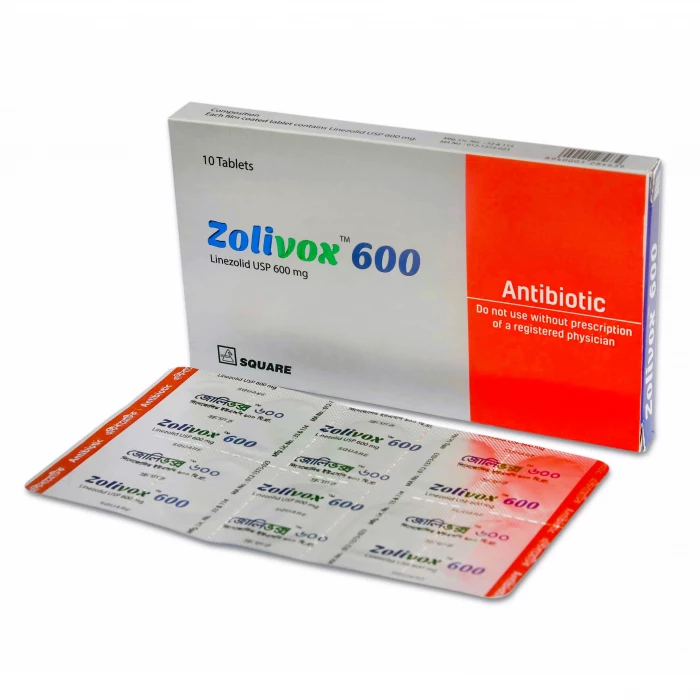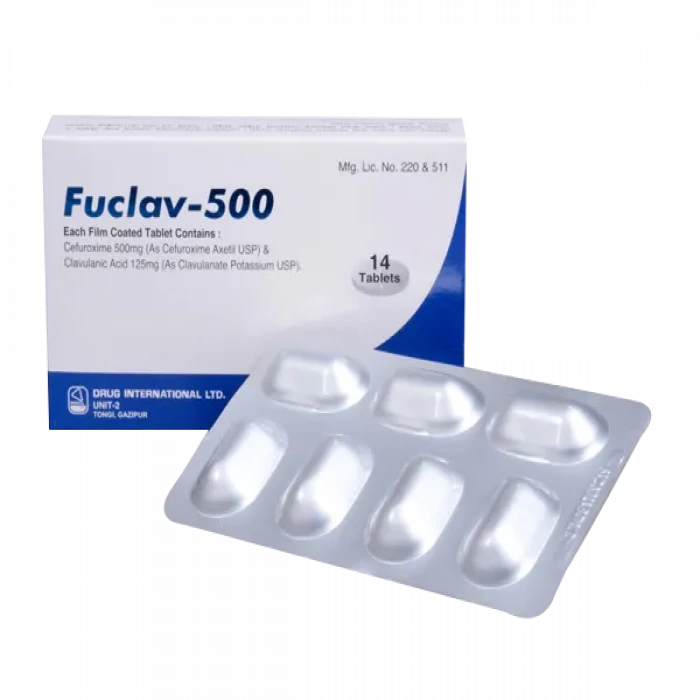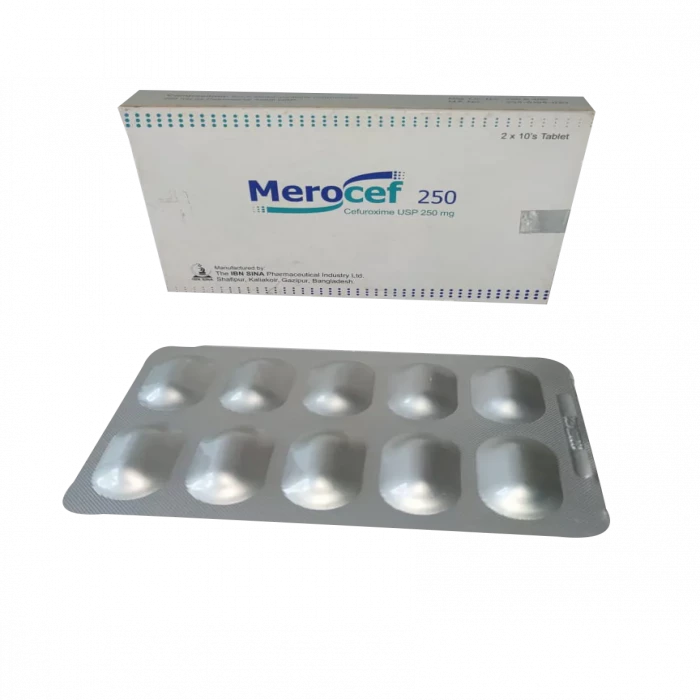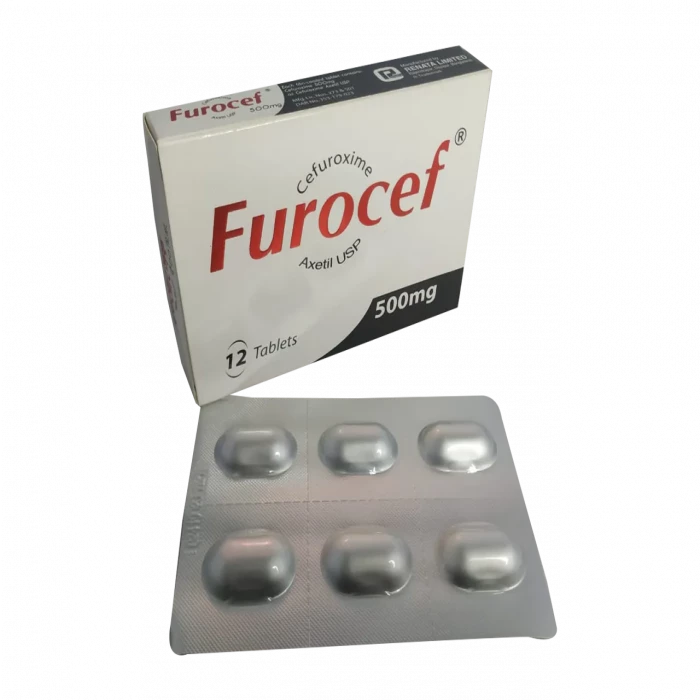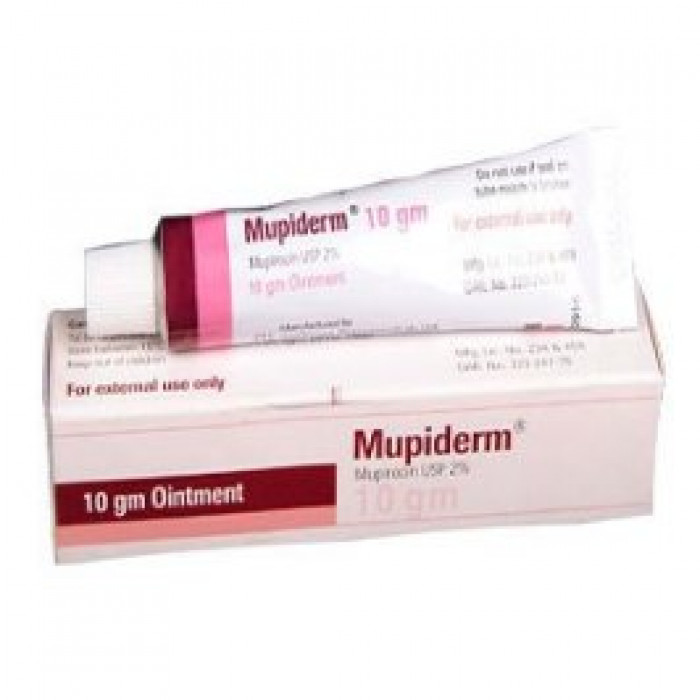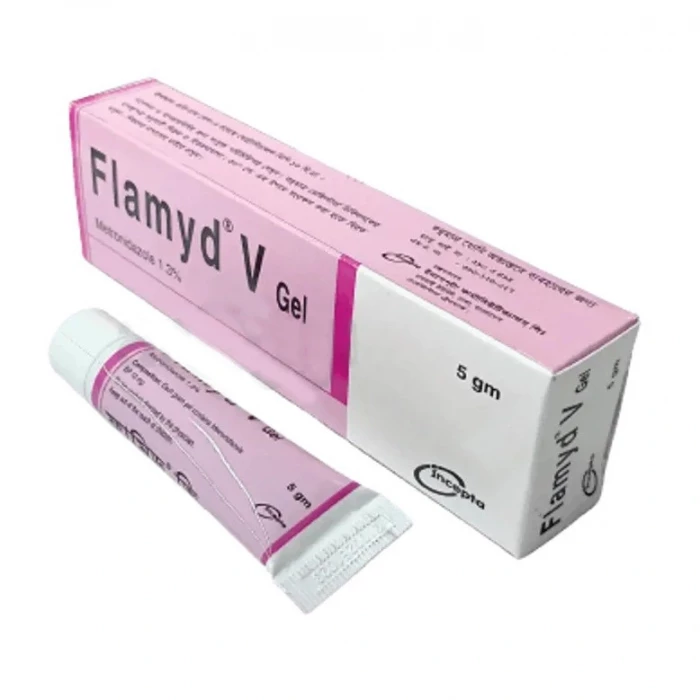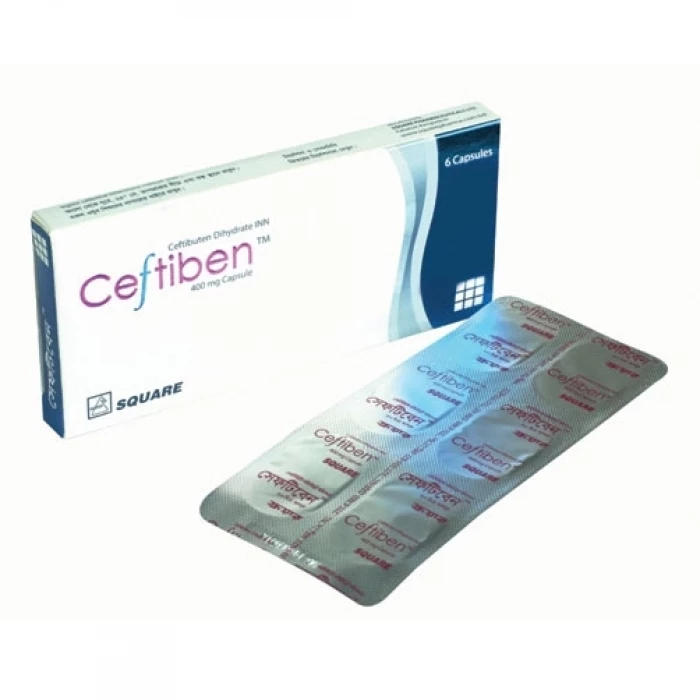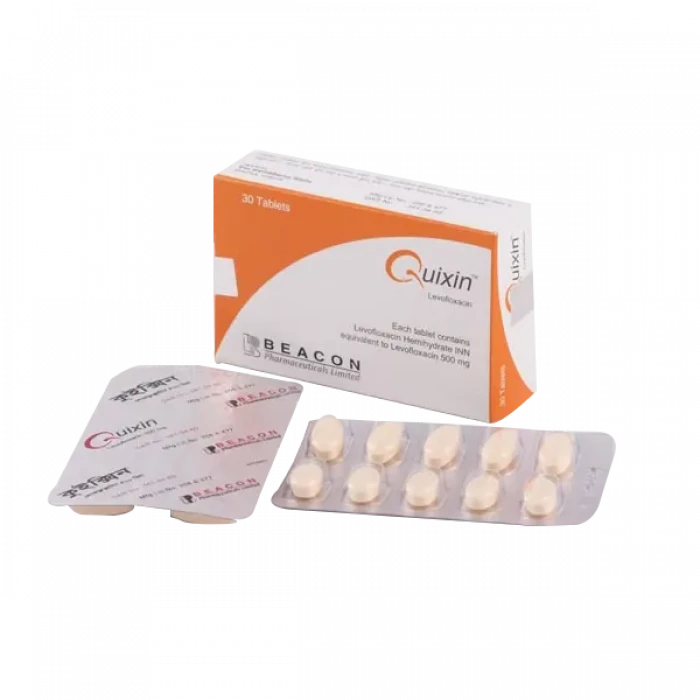
✔ 100% Authentic Product
👁️ Currently Viewing 1154
Generic Name: Levofloxacin Hemihydrate 500mg
Manufacturer/Distributor: Beacon Pharmaceuticals Limited
Discount
Price: ৳ 142
MRP:
৳
151
6%
Off

100% Genuine Products, Guaranteed

Safe & Secure Payments, Always

Fast, Secure & Efficient Delivery

Proper Packaging
 Cash on Delivery - All over Bangladesh
Cash on Delivery - All over Bangladesh Regular Delivery - 12-24 Hours, Dhaka City* Charge Tk.39-59
Regular Delivery - 12-24 Hours, Dhaka City* Charge Tk.39-59 Regular Delivery - 24-48 Hours, Other Cities* Charge Tk.99-110
Regular Delivery - 24-48 Hours, Other Cities* Charge Tk.99-110
 ফ্রি ডেলিভারিঃ - ৯৯৯ টাকা+ অর্ডারে, ঢাকা
শহরে
ফ্রি ডেলিভারিঃ - ৯৯৯ টাকা+ অর্ডারে, ঢাকা
শহরে ফ্রি ডেলিভারিঃ - ২৯৯৯ টাকা+ অর্ডারে, ঢাকার
বাহিরে
ফ্রি ডেলিভারিঃ - ২৯৯৯ টাকা+ অর্ডারে, ঢাকার
বাহিরে
100% Genuine Products, Guaranteed
Safe & Secure Payments, Always
Fast, Secure & Efficient Delivery
Proper Packaging
 Cash on Delivery - All over Bangladesh
Cash on Delivery - All over Bangladesh Regular Delivery - 12-24 Hours, Dhaka City* Charge Tk.39-59
Regular Delivery - 12-24 Hours, Dhaka City* Charge Tk.39-59 Regular Delivery - 24-48 Hours, Other Cities* Charge Tk.99-110
Regular Delivery - 24-48 Hours, Other Cities* Charge Tk.99-110 ফ্রি ডেলিভারিঃ - ৯৯৯ টাকা+ অর্ডারে, ঢাকা
শহরে
ফ্রি ডেলিভারিঃ - ৯৯৯ টাকা+ অর্ডারে, ঢাকা
শহরে ফ্রি ডেলিভারিঃ - ২৯৯৯ টাকা+ অর্ডারে, ঢাকার
বাহিরে
ফ্রি ডেলিভারিঃ - ২৯৯৯ টাকা+ অর্ডারে, ঢাকার
বাহিরে
✅ Description:
Indications
An antibiotic called Quixin 500 is used to treat bacterial infections. Additionally, it is used to treat infections of the lungs, nose, throat, skin, and soft tissues (pneumonia). By preventing the growth of the causing germs, it treats the infection.
Pharmacology
Levofloxacin is a third-generation fluoroquinolone antibiotic that is synthetic and broad-spectrum. Levofloxacin is a chiral fluorinated carboxy quinolone chemically. The enzymes essential for DNA replication, transcription repair, and recombination, bacterial topoisomerase IV and DNA gyrase, are inhibited by levofloxacin. It shows activity against a variety of gm-ve and gm+ve bacteria in vitro.
Dosage & Administration
The usual dose of Levofloxacin Tablets is 250 mg or 500 mg or 750 mg administered orally every 24 hours. Levofloxacin tablets can be administered without regard to food. Levofloxacin oral solution should be taken 1 hour before, or 2 hours after eating.
Levofloxacin injection should only be administered by intravenous infusion. It is not for intramuscular, intrathecal, intraperitoneal, or subcutaneous administration. The usual dose of Levofloxacin injection is 250 mg or 500 mg administered by slow infusion over 60 minutes every 24 hours or 750 mg administered by slow infusion over 90 minutes every 24 hours. Since the Levofloxacin injections are for single use only, any unused portion should be discarded. Additives or other medications should not be added to Levofloxacin Injection or infused simultaneously through the same intravenous line.
Adults:
- Acute sinusitis: 500 mg once daily for 10-14 days, or 750 mg once daily for 5 days
- Exacerbation of chronic bronchitis: 500 mg once daily for 7 days, or 750 mg once daily for 3 days (Uncomplicated), 750 mg once daily for 5 days (Complicated)
- Community-acquired pneumonia: 500 mg once daily for 7-14 days, or 750 mg once daily for 5 days
- Uncomplicated urinary-tract infections: 250 mg once daily for 3 days
- Complicated urinary tract infections and acute pyelonephritis: 250 mg once daily for 7-10 days
- Uncomplicated skin and soft-tissue infections: 500 mg once daily for 7-10 days.
- Complicated skin and soft-tissue infections: 750 mg once daily for 7-14 days.
- Enteric fever: 500 mg once daily for 7-14 days.
- Diarrhea, cholera, shigellosis & enteritis: Mild to moderate case: 500 mg (single dose). Moderate to severe case: 500 mg once daily for 3 days
Children:
- Children 6 months to <5 years: 10 mg/kg every 12 hours.
- Children >5 years: 10 mg/kg every 24 hours
In each case, sequential therapy (intravenous to oral) may be instituted at the discretion of the physician.
Instructions for the Use of Levofloxacin Infusion-
- Check the container for minute leaks by squeezing the inner bag firmly. If leaks are found, or if the seal is not intact, discard the solution.
- Do not use it if the solution is cloudy or a precipitate is present.
- Do not use flexible containers in series connections.
- Close flow control clamp of administration set.
- Remove the cover from the port at bottom of the container.
- Insert the piercing pin of administration set into the port with a twisting motion until the pin is firmly seated.
- Suspend container from hanger.
- Squeeze and release the drip chamber to establish proper fluid level in the chamber during the infusion of Levoxin Injection.
- Open the flow control clamp to expel air from the set. Close clamp.
- Regulate rate of administration with flow control clamp.
Interaction
Through the same intravenous line, no quinolone should be given with any solution containing multivalent cations, such as magnesium. Levofloxacin absorption is hampered by antacids, iron, and adsorbents. The use of nonsteroidal anti-inflammatory drugs (NSAIDs) may raise the risk of CNS stimulation. Warfarin might make you bleed more easily.
Contraindications
Patients having a history of hypersensitivity to levofloxacin, quinolone antibiotic drugs, or any other component of this medication should not use it.
Side Effect
Levofloxacin is well tolerated by most people. However, there are typically a few adverse effects. Retinal detachment is a possibility. Nausea, vomiting, diarrhea, stomach discomfort, flatulence, and phototoxicity are some of the other adverse effects (0.1 percent ). Tremors, sadness, anxiety, and disorientation are some of the uncommon side effects that may occur.
Pregnancy & Lactation
Because the effects on the unborn child or nursing infant are unclear, levofloxacin is not advised for use during pregnancy or breastfeeding.
Precautions & Warnings
- During the administration of Levofloxacin, the following precautions should be taken:
- Levofloxacin Depending on the dosage, the injection should only be given as a gradual intravenous infusion over a period of 60 or 90 minutes.
- A sufficient amount of water should be consumed when taking Levofloxacin to avoid a concentrated type of urine.
- In the event of renal impairment, dose adjustments should be made during Levofloxacin administration.
Storage Conditions
Keep below 30°C temperature, away from light & moisture. Keep out of the reach of children.
⚠️Disclaimer:
At ePharma, we’re committed to providing accurate and accessible health information. However, all content is intended for informational purposes only and should not replace medical advice from a qualified physician. Please consult your healthcare provider for personalized guidance. We aim to support, not substitute, the doctor-patient relationship.




